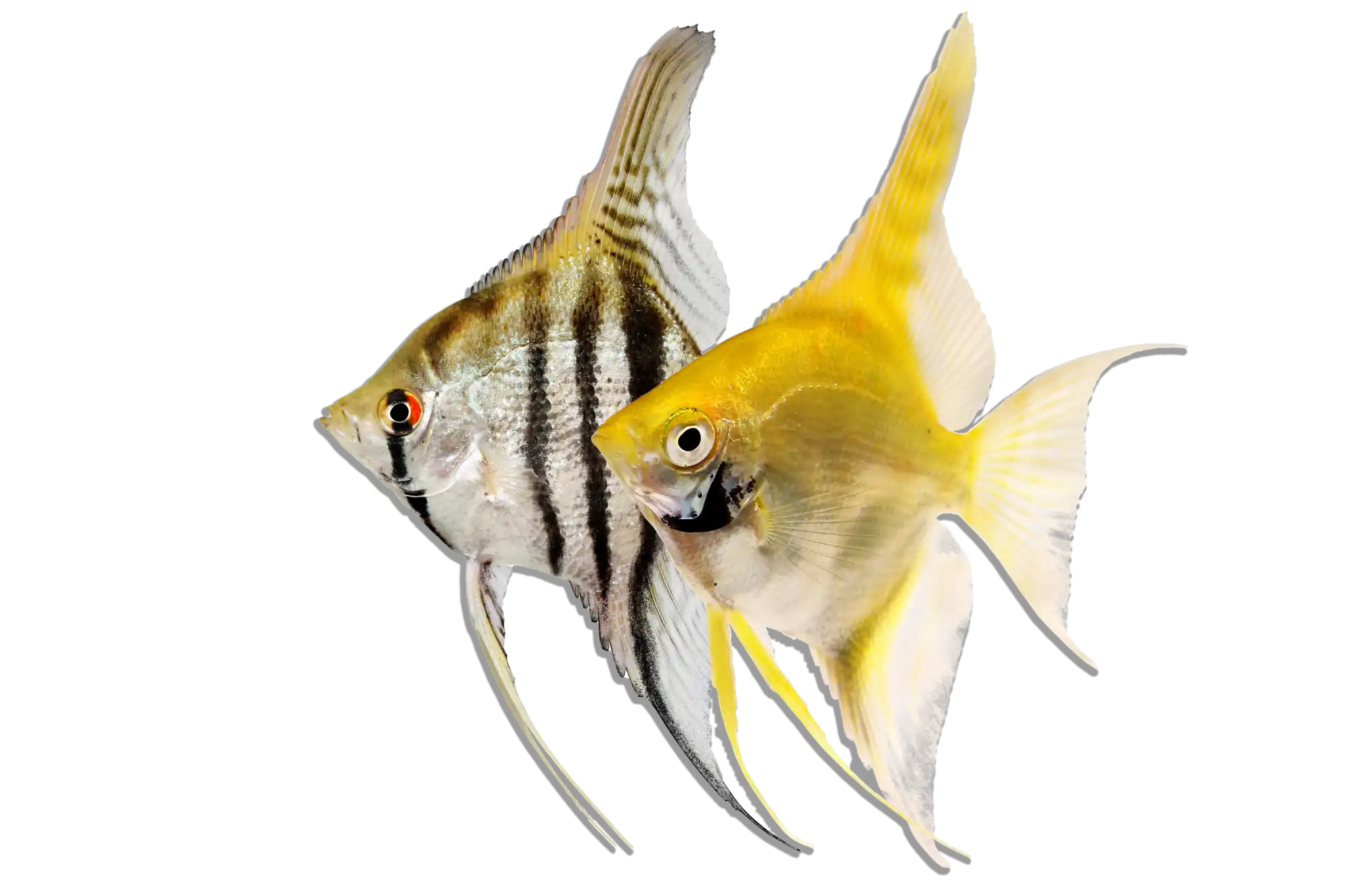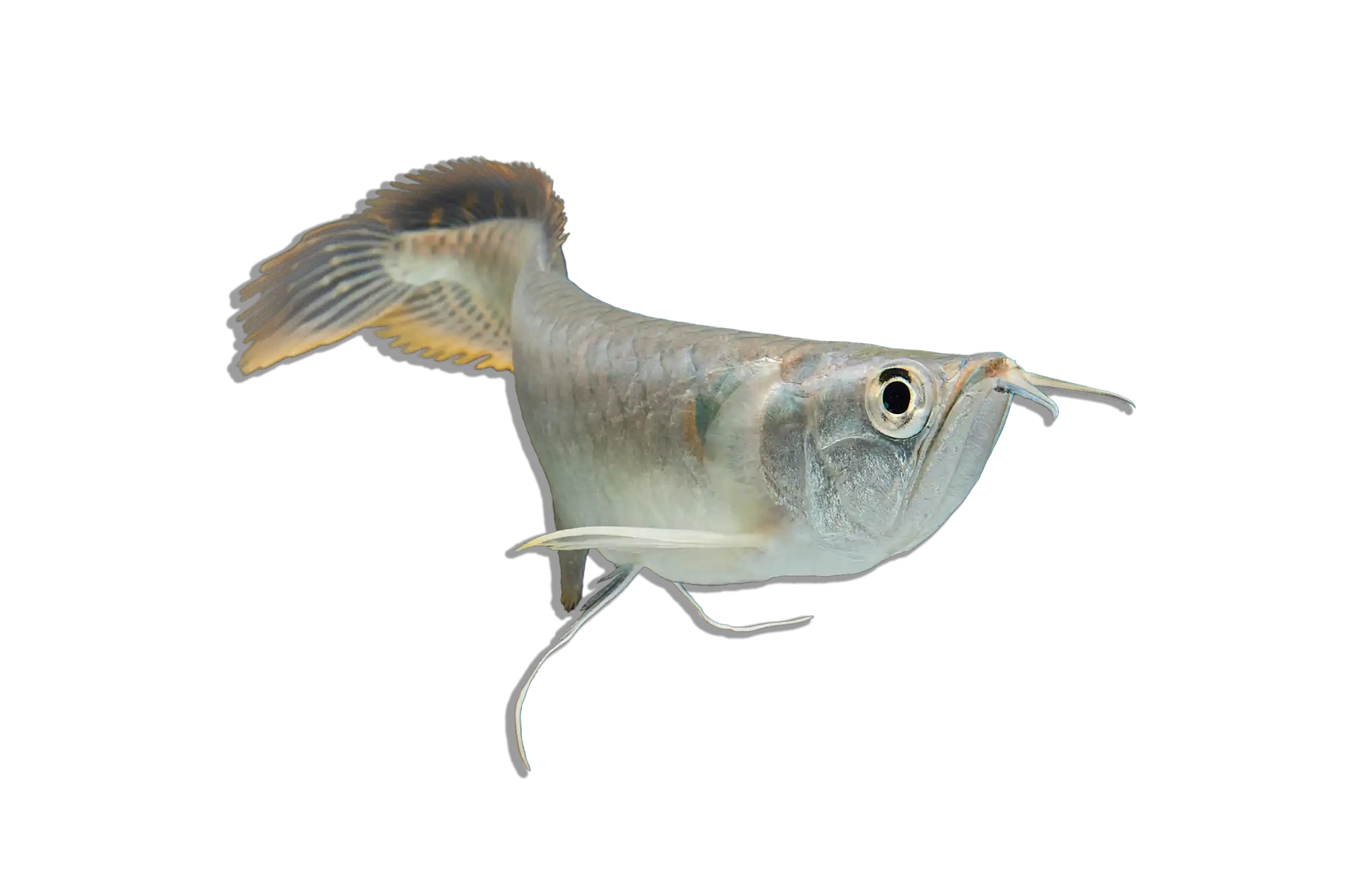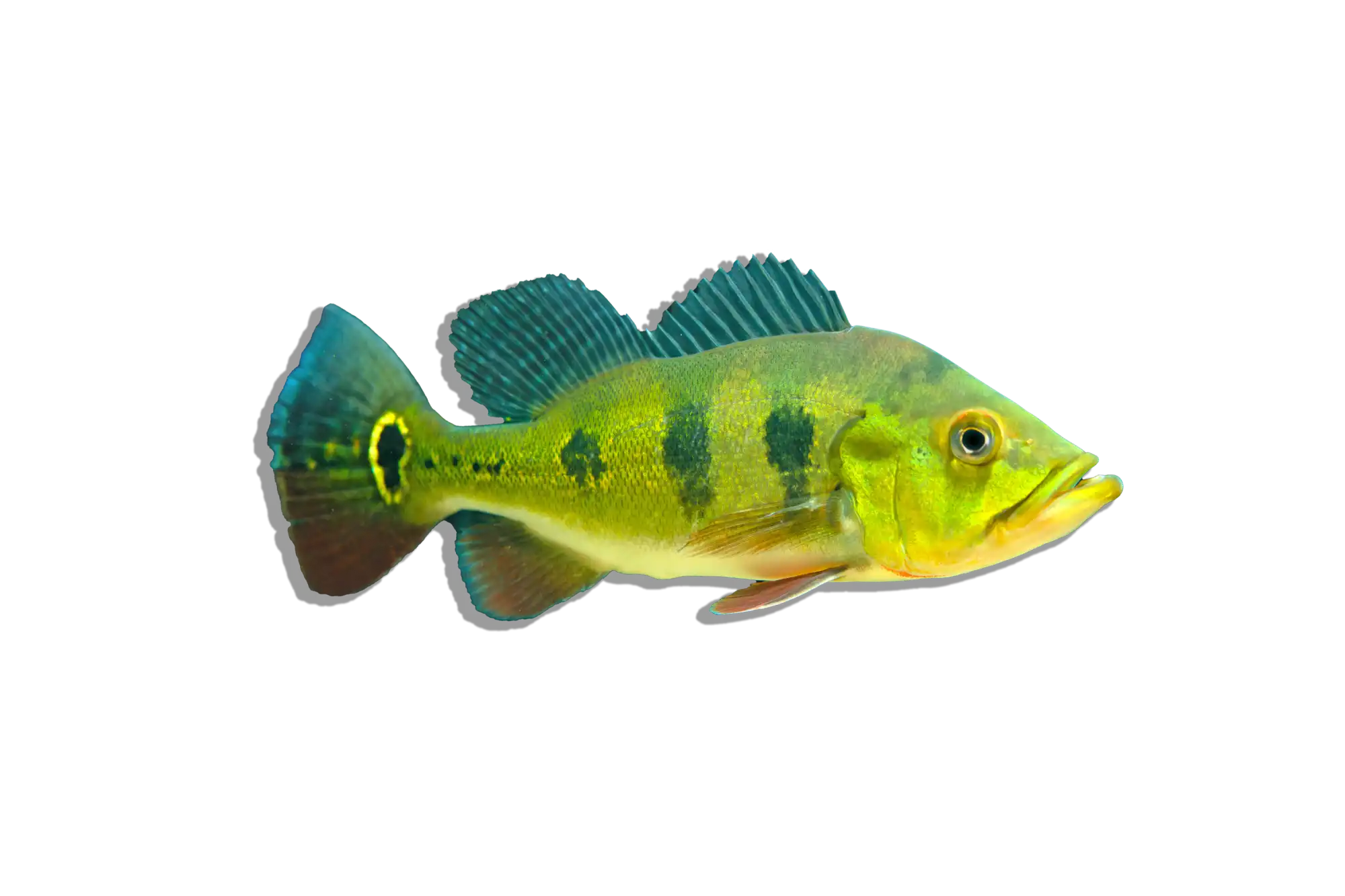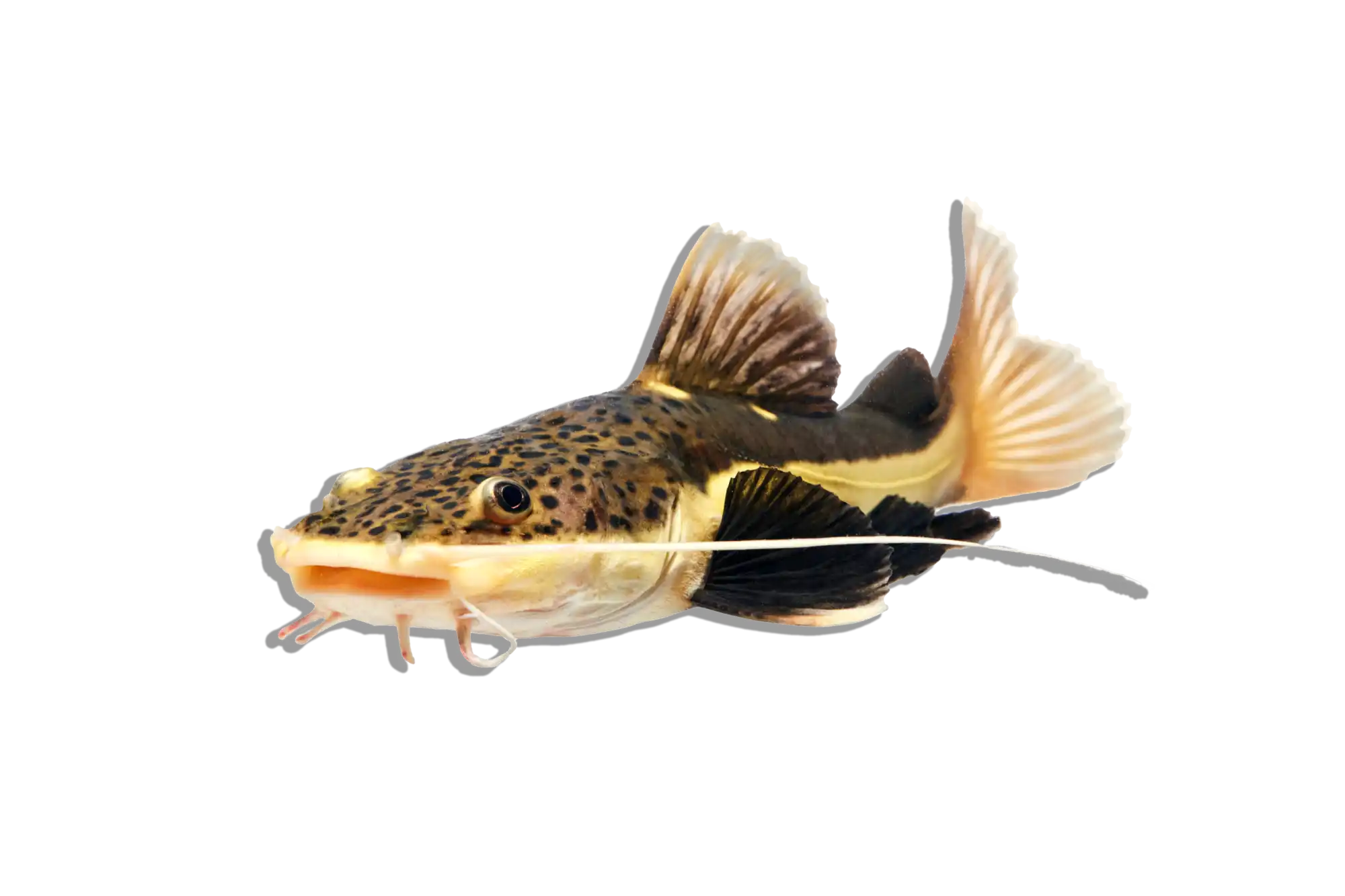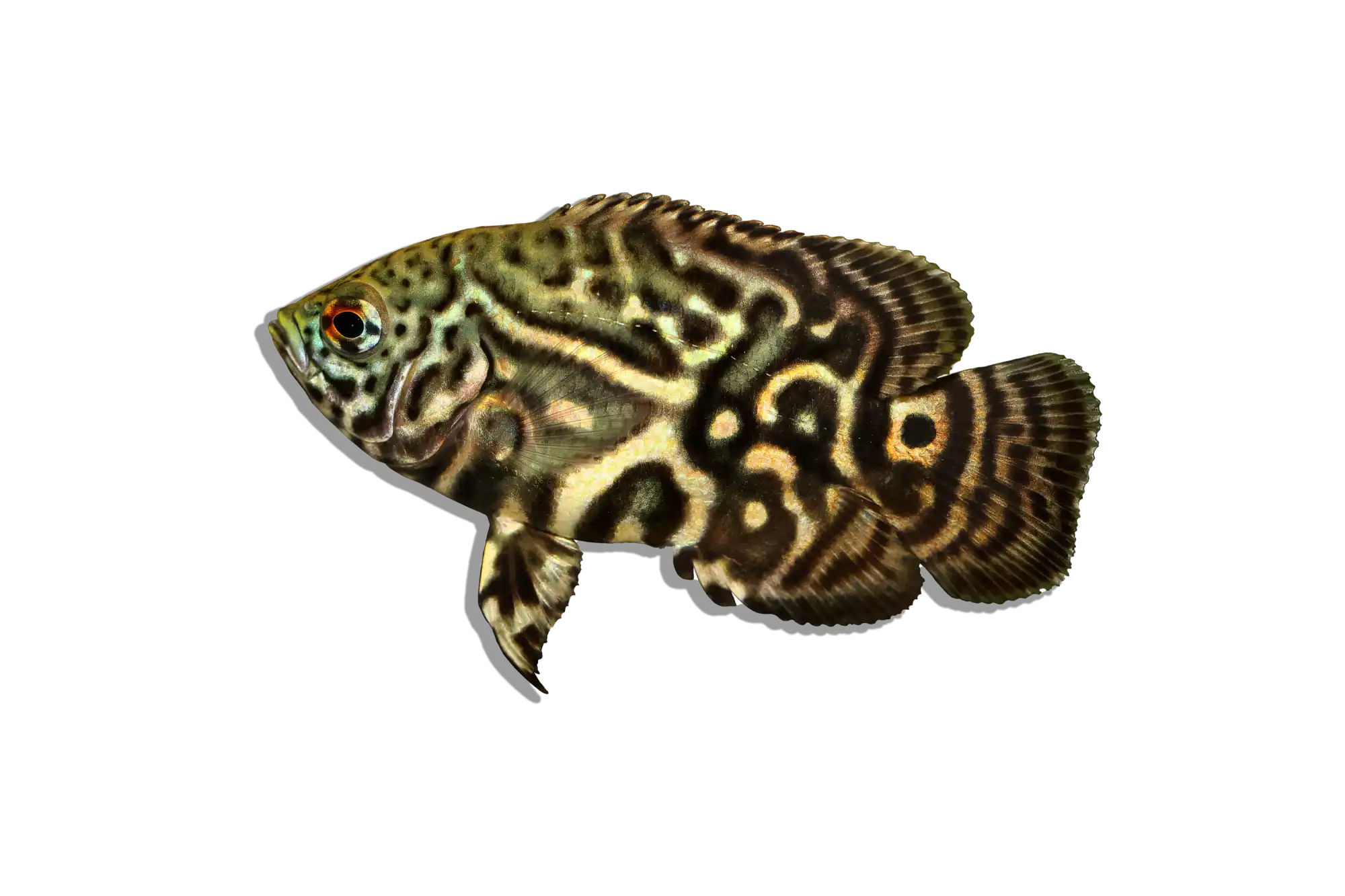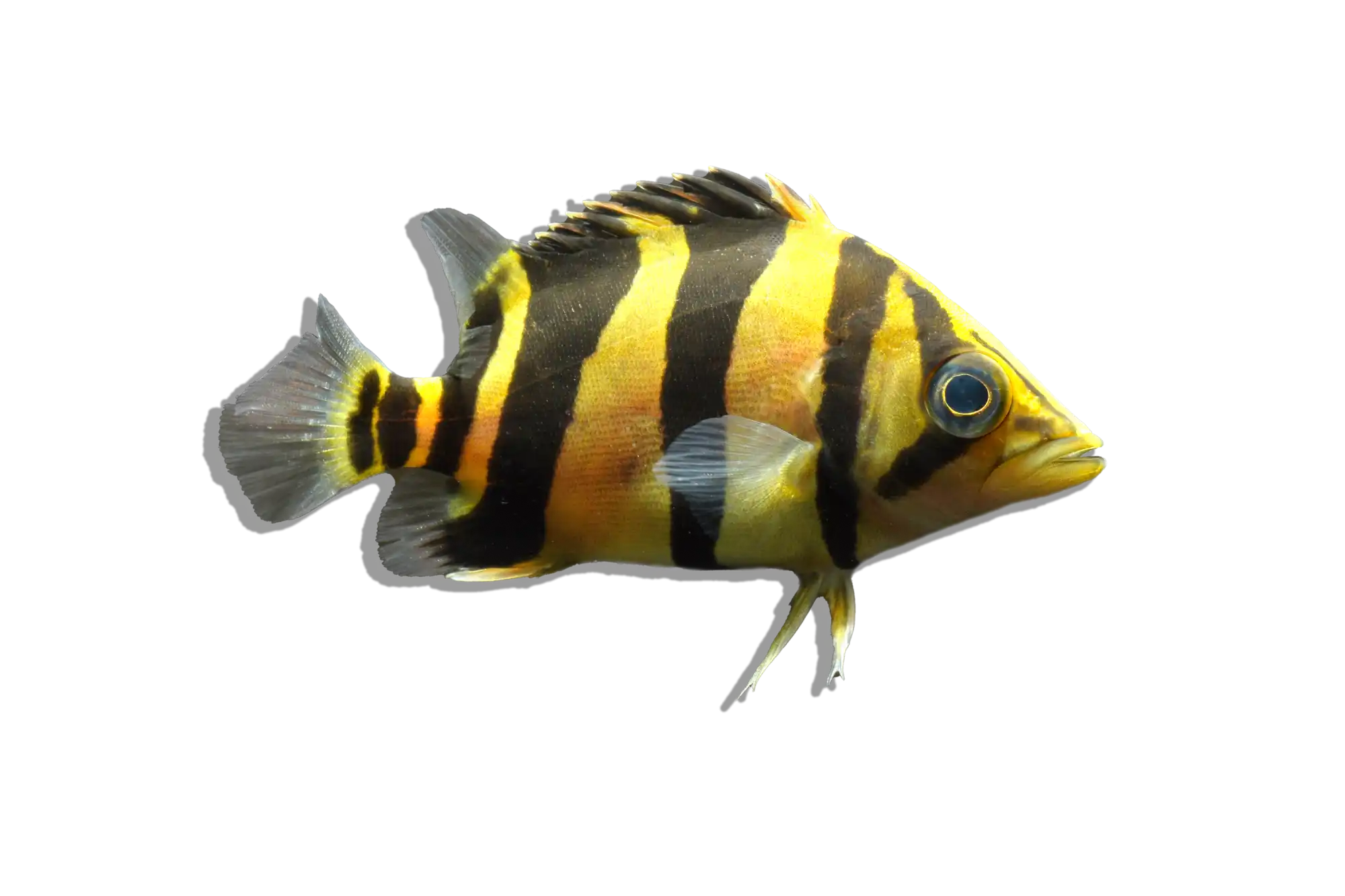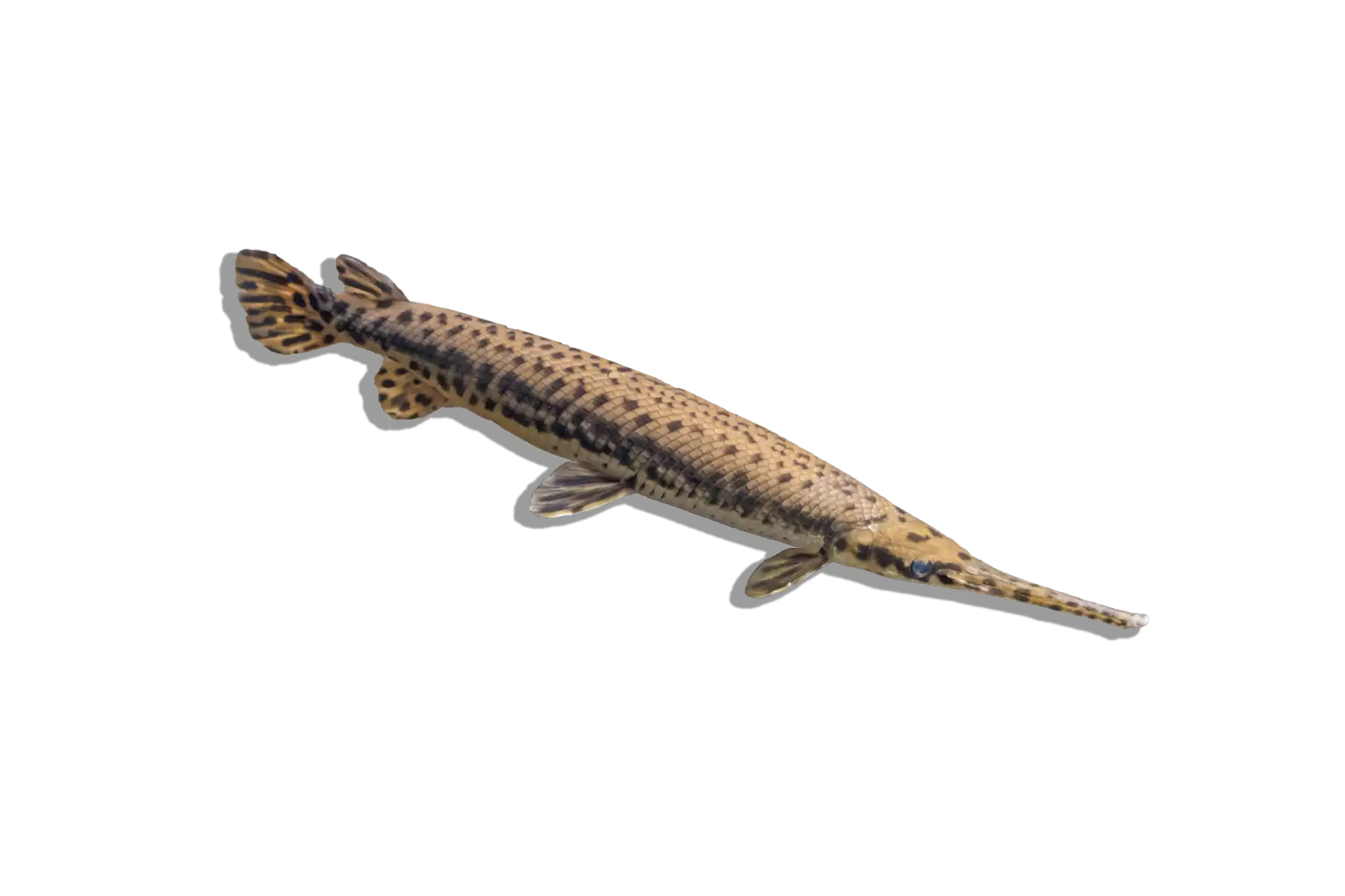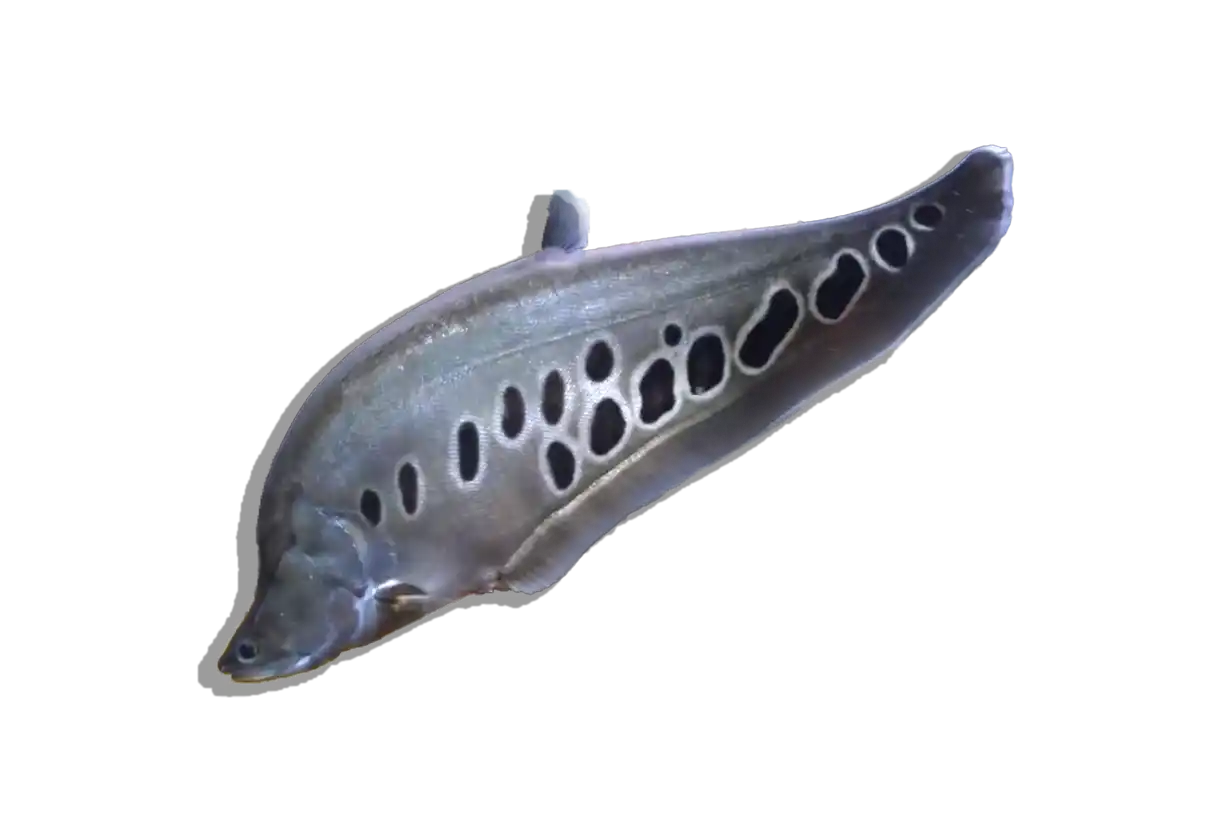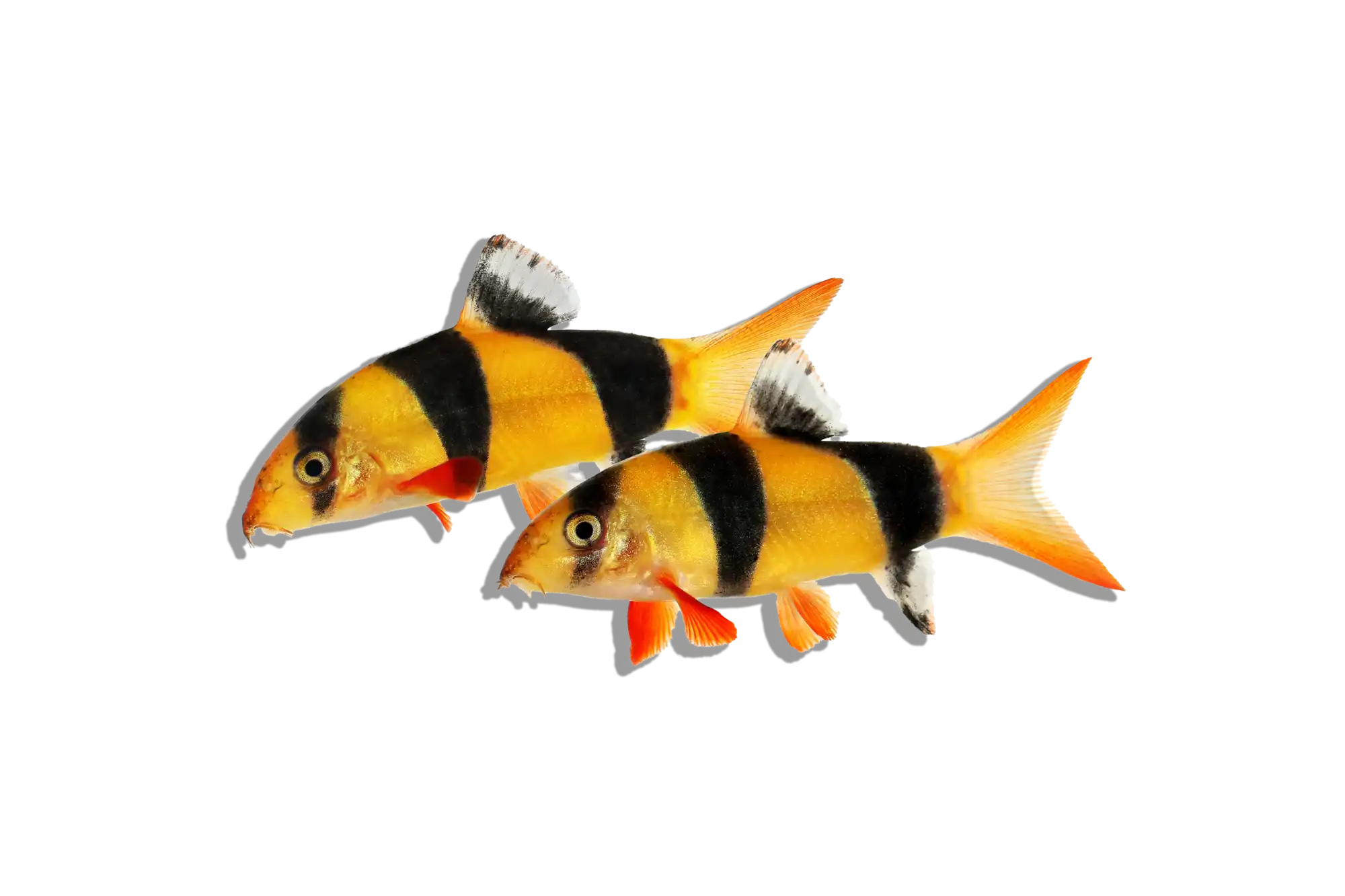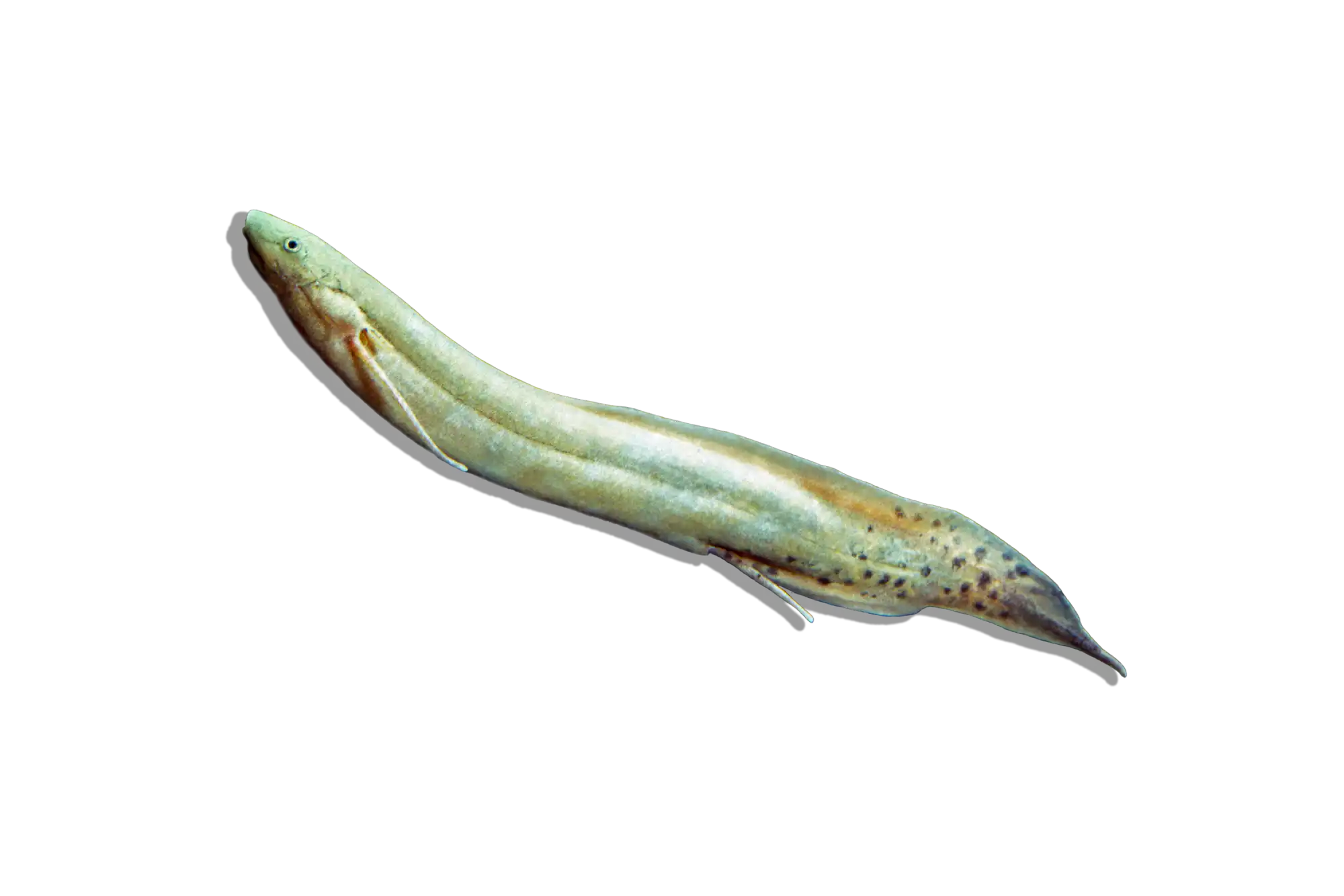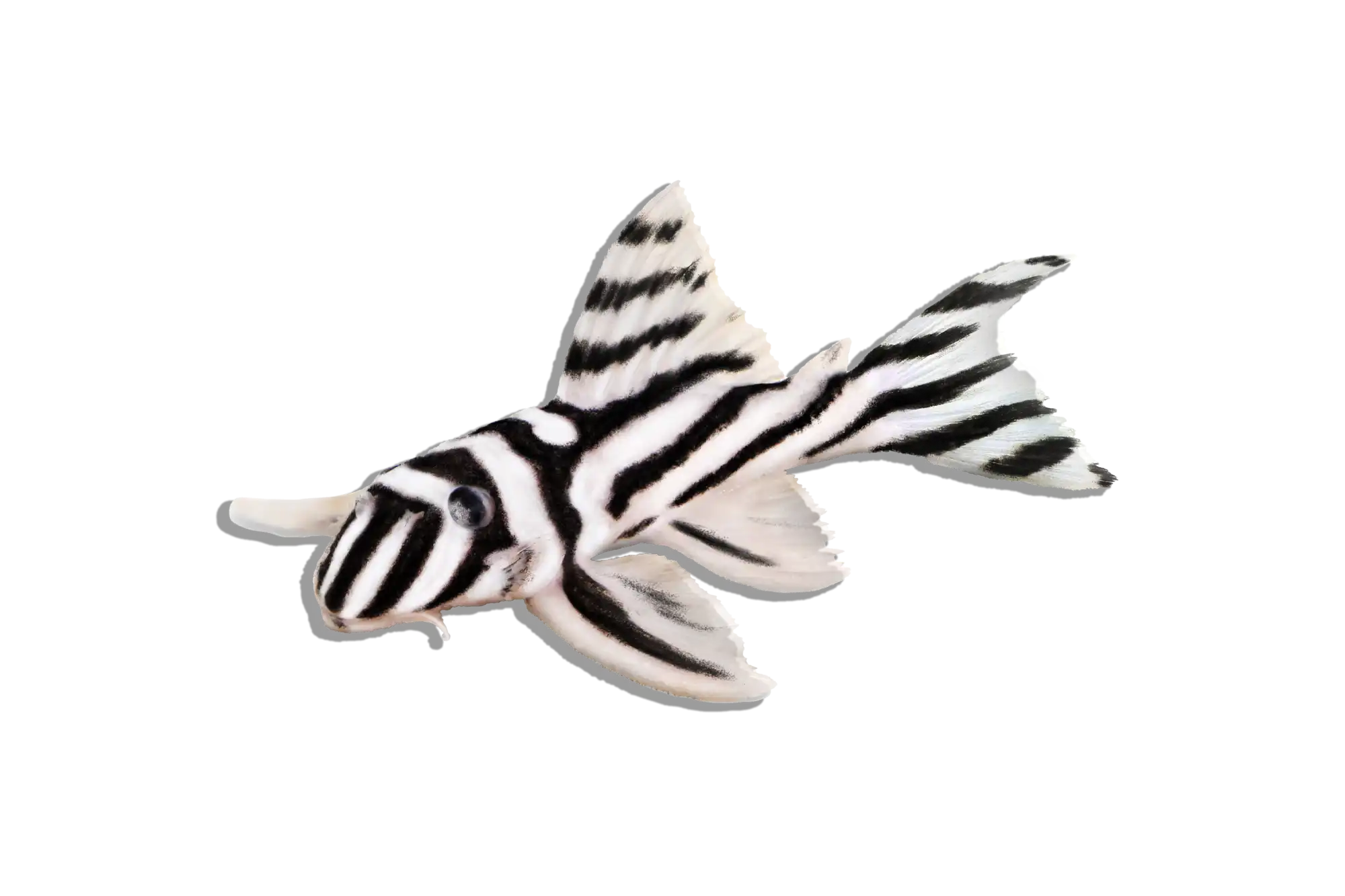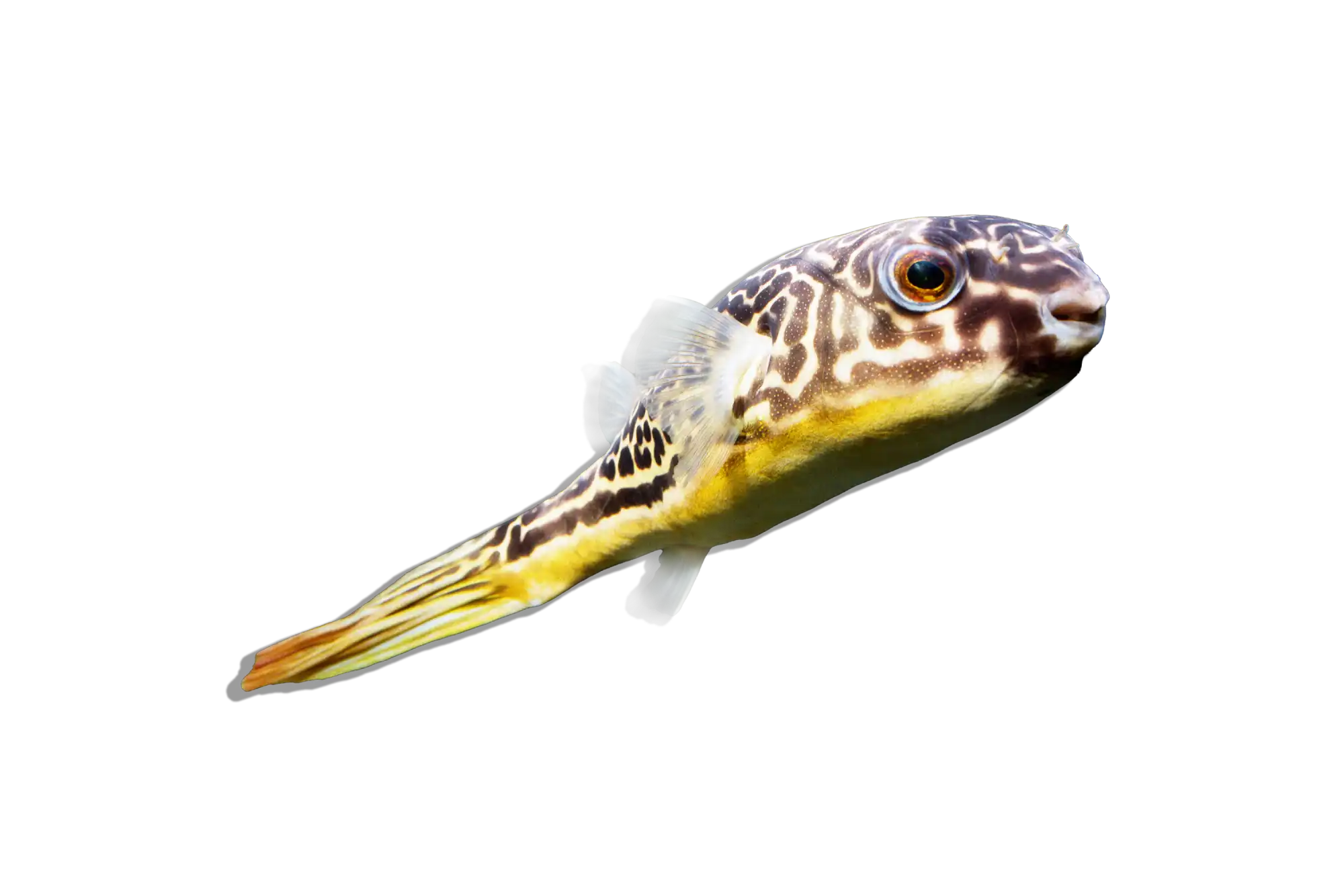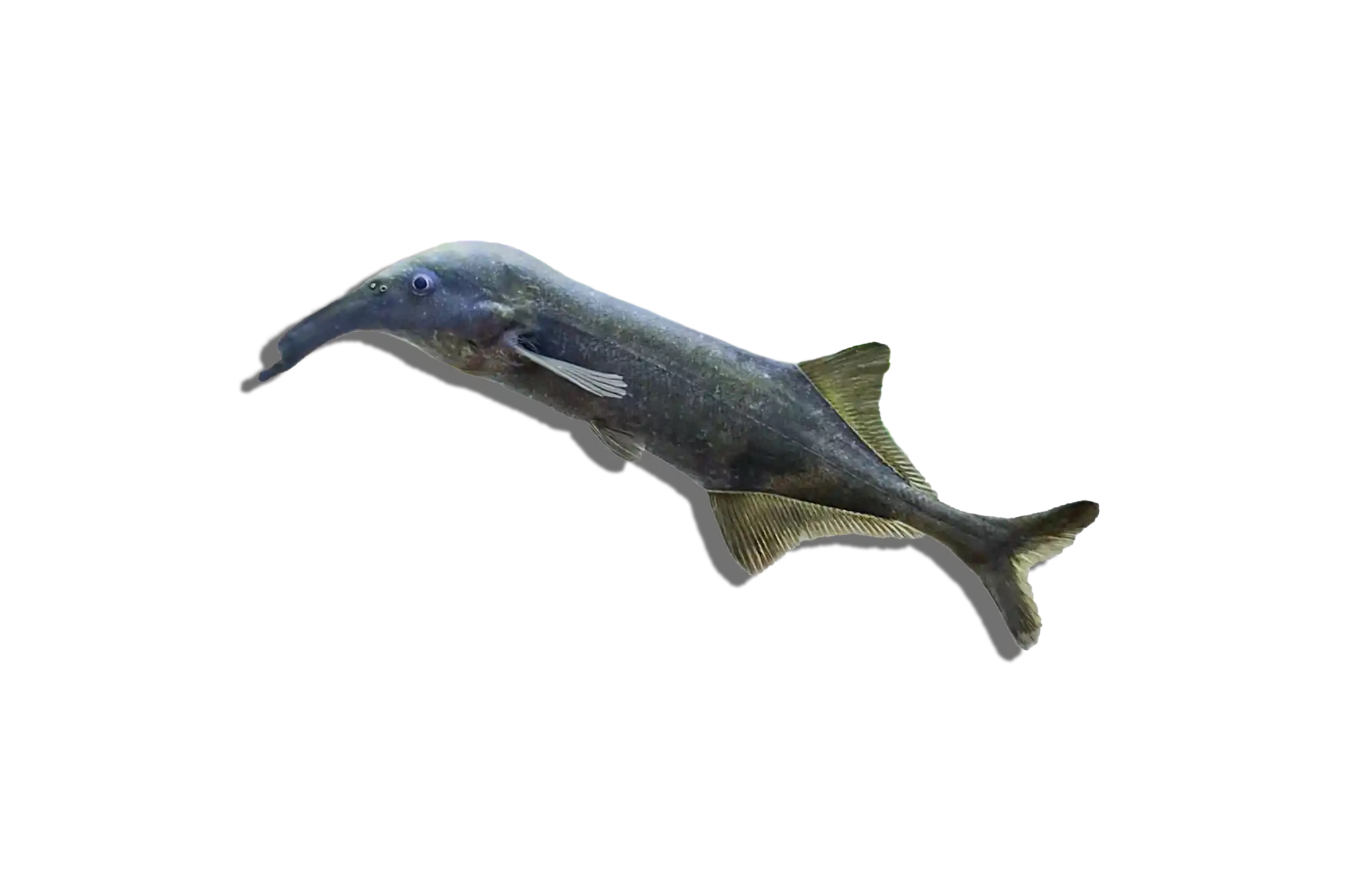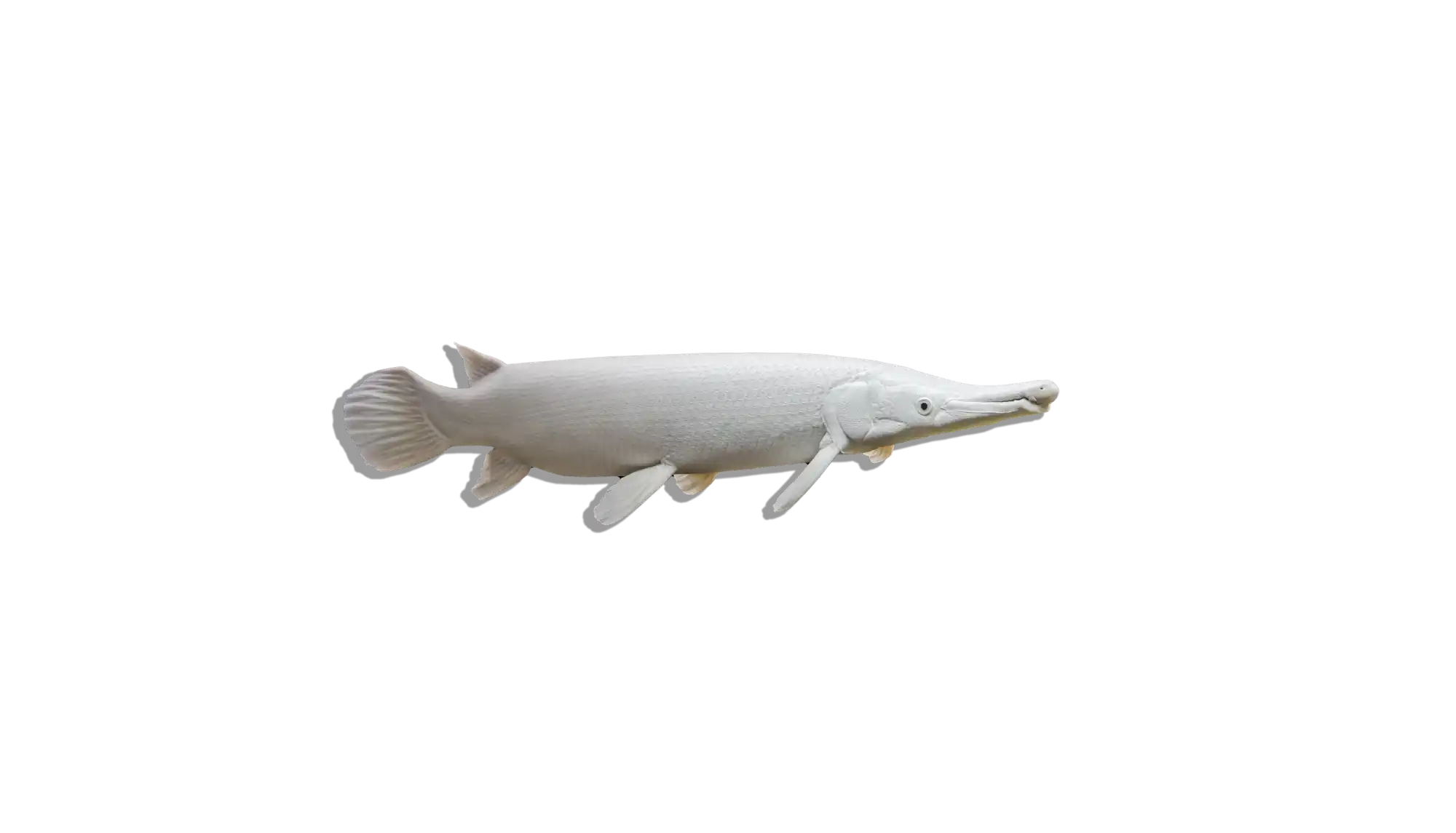Description
Common Name: Blunthead Cichlid
Scientific Name: Tropheus moorii ‘Malesa Island’
Other Names: Malesa Island Tropheus, Moorii Cichlid
The Blunthead Cichlid (Tropheus moorii ‘Malesa Island’) is a vibrant and energetic African cichlid that originates from the rocky shorelines of Lake Tanganyika. Known for its territorial nature, complex social behavior, and stunning coloration, this variety from Malesa Island exhibits rich red, orange, and yellow hues across its body. Like all Tropheusspecies, it thrives in large social groups and requires a strict herbivorous diet to prevent digestive issues.
Habitat and Distribution: This cichlid is endemic to Lake Tanganyika, specifically found near Malesa Island, where it inhabits rocky, wave-exposed shorelines. These areas provide ample surfaces for aufwuchs growth, which consists of algae and microorganisms that Tropheus species graze on. The natural environment features highly oxygenated, alkaline water with strong currents and rocky crevices that serve as natural hiding and breeding spots.
Size and Lifespan: The Blunthead Cichlid grows to about 4-5 inches (10-13 cm) in length. With optimal care, they can live 8-12 years, but they require stable water conditions, a balanced diet, and a well-managed social hierarchy for longevity.
Diet and Behavior:
Tropheus moorii are herbivorous algae grazers and must be fed a strict plant-based diet to prevent bloat, a common and fatal issue in this species. Their diet should include:
- High-quality spirulina-based pellets or flakes
- Blanched vegetables like spinach, zucchini, or seaweed
- Occasional treats of green algae wafers
- Avoid protein-rich or meaty foods (such as bloodworms or brine shrimp), as these can cause severe digestive issues
These cichlids are highly active and social, forming strict hierarchies within their groups. They should be kept in large colonies (10+ individuals) to reduce aggression, as smaller groups tend to result in relentless bullying of weaker individuals. Males are territorial, while females and juveniles are more social but still contribute to the hierarchy.
Breeding and Reproduction: The Blunthead Cichlid is a maternal mouthbrooder, meaning the female carries fertilized eggs in her mouth for about 3-4 weeks until the fry are fully developed. To encourage breeding:
- Maintain a harem structure (1 male with multiple females)
- Provide plenty of caves and rock structures for territorial separation
- Ensure stable water conditions and a well-balanced diet
Females will hold the fry in their mouths to protect them from predation. Once released, fry can be fed powdered spirulina flakes or finely crushed algae-based foods.
Aquarium Care and Tank Requirements:
Due to their territorial and hierarchical nature, Tropheus moorii require a minimum of 75 gallons for a small group, but a 125+ gallon tank is ideal for larger colonies. The best setup includes:
- Substrate: Fine sand or small gravel
- Decor: Rock formations and caves to create territories and hiding spots
- Filtration: Strong filtration (canister filters or sumps) to handle their high bioload
- Water Movement: Moderate to strong current, mimicking the waves of Lake Tanganyika
- Lighting: Moderate to bright to promote natural algae growth, which they will graze on
Ideal Tank Mates:
Tropheus cichlids are best kept only with other Tanganyikan species or similar rock-dwelling fish. Suitable tank mates include:
- Other Tropheus varieties (if introduced together as juveniles)
- Petrochromis species (with caution due to their similar aggression levels)
- Julidochromis or Neolamprologus species
- Synodontis catfish for bottom-level scavenging
Avoid Mbuna cichlids and non-Tanganyikan fish, as they have different dietary needs and aggression levels.
Difficulty Level: Advanced. Tropheus cichlids require a stable colony, strict herbivorous diet, and pristine water quality to thrive. They are not recommended for beginner aquarists due to their sensitivity to dietary issues and complex social structure.
Water Parameters:
- Temperature: 76-82°F (24-28°C)
- pH: 8.0-9.0 (strongly alkaline)
- General Hardness (GH): 10-20 dGH
- Carbonate Hardness (KH): 10-15 dKH
- Ammonia: 0 ppm
- Nitrite: 0 ppm
- Nitrate: <20 ppm (requires frequent water changes)
Additional Information:
- Tropheus moorii are best introduced as juveniles in groups, as adding new fish to an established colony often leads to severe aggression.
- They thrive on frequent, small feedings throughout the day to prevent digestive issues.
- Fun fact: Unlike most cichlids, Tropheus species spend most of their day grazing on algae, which provides them with both nutrition and a natural foraging activity.
The Blunthead Cichlid (Tropheus moorii ‘Malesa Island’) is a rewarding but challenging species that requires a carefully structured tank, colony-based social management, and a herbivorous diet. When properly cared for, they display stunning colors and engaging behaviors, making them a prized choice for Lake Tanganyika enthusiasts.

